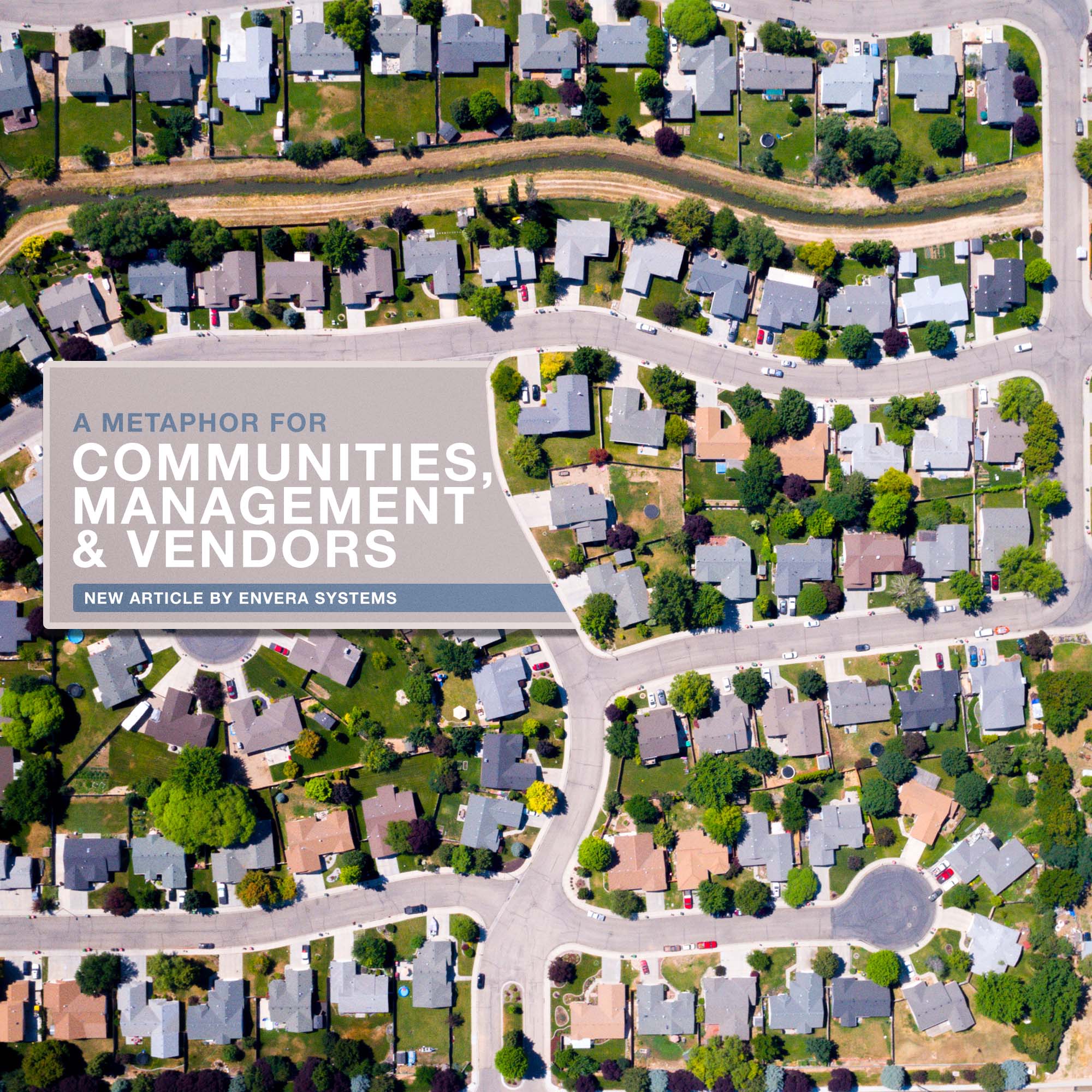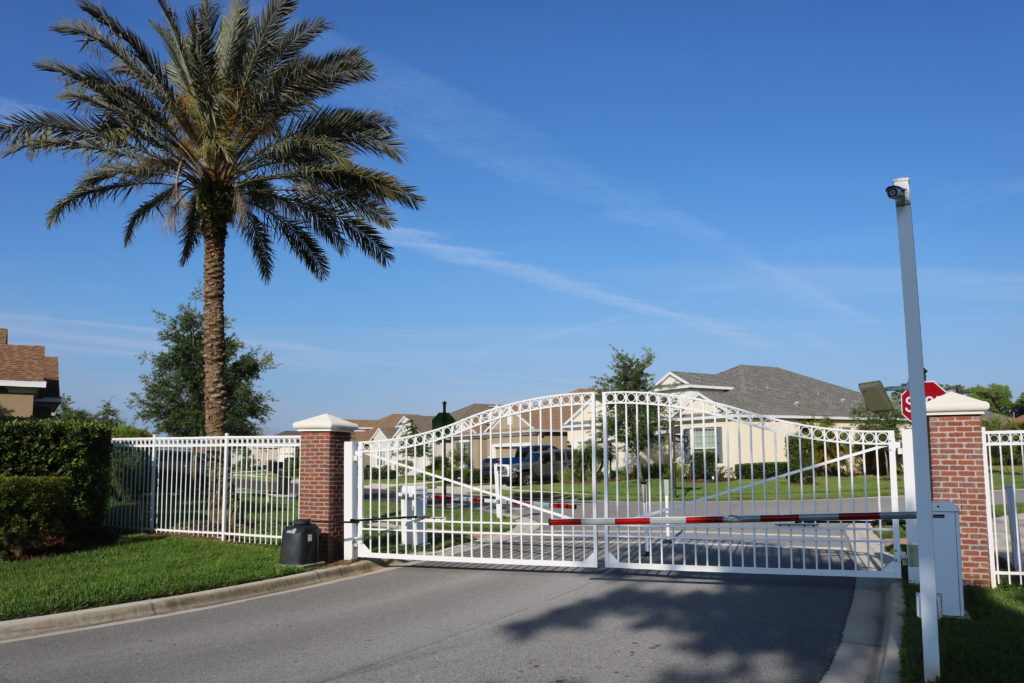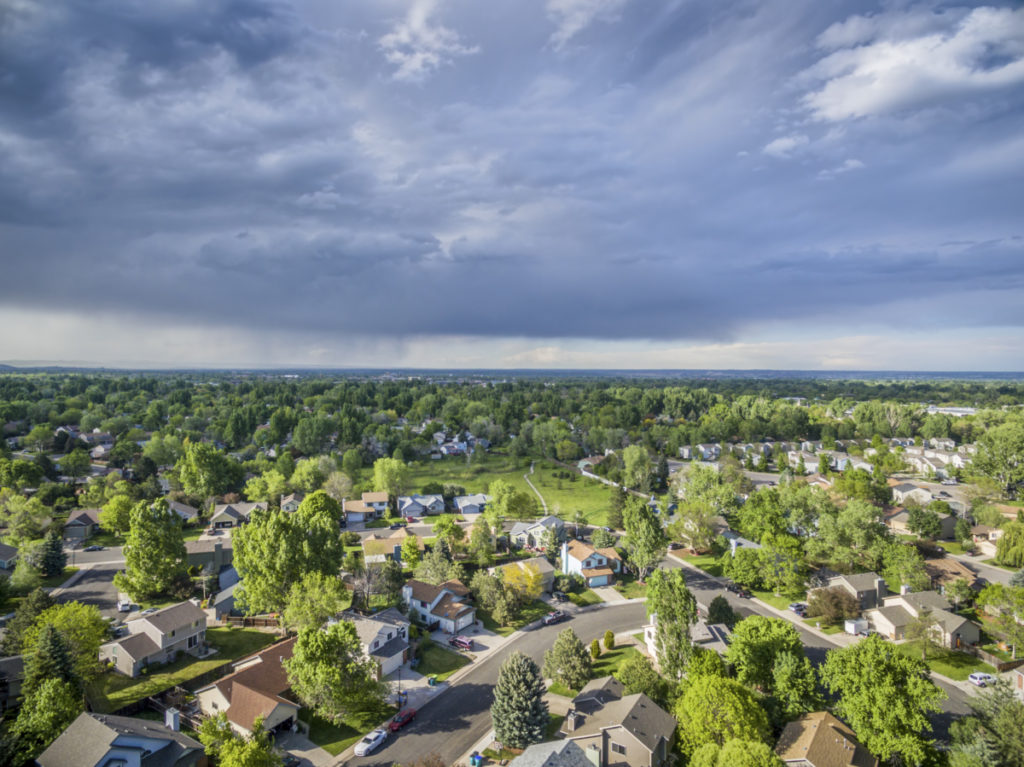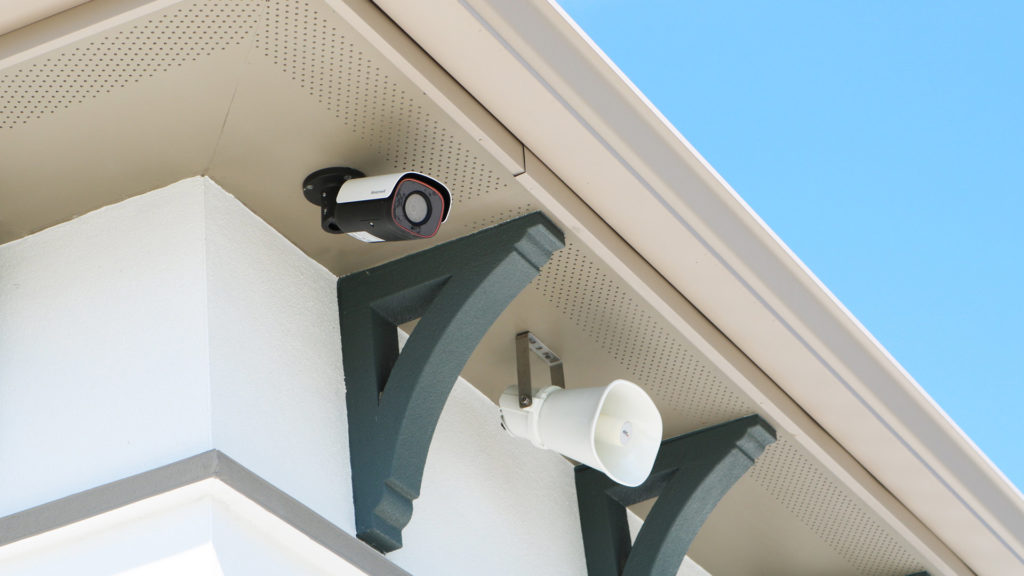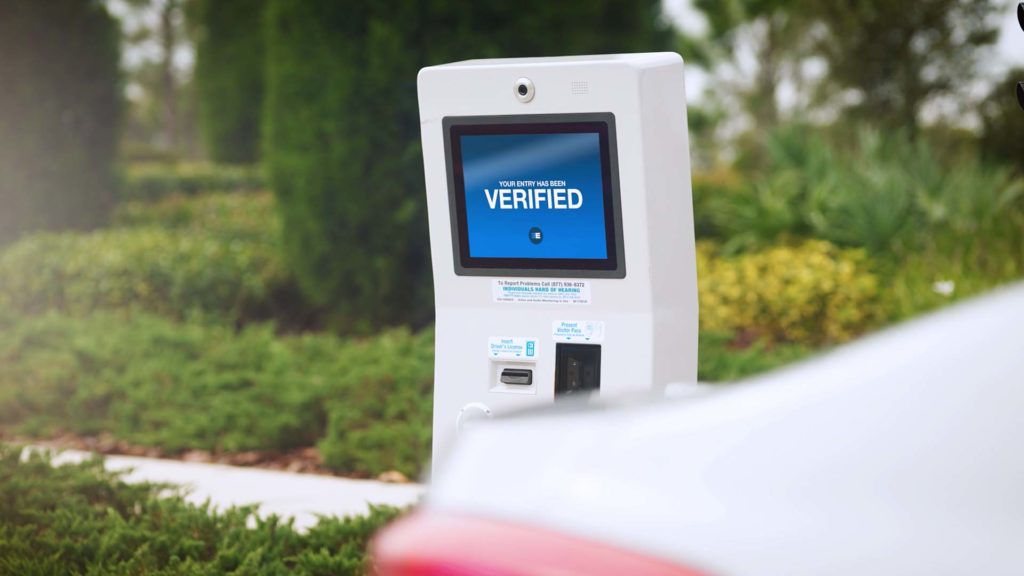Have you ever heard the metaphor of the American quilt? Sometimes this refers to the many cultures that make up the country. Other times, it’s a reference to the physical land variations that even look like a true quilt from the view of a plane. A former property manager recently explained communities to me in a similar way.
When you look at the different patches of a community, many represent a common vendor. There can be a neighborhood pool, landscaping needs, an attorney, accounting, lakes, golf course, gates, security, and so on. Each community varies in the pieces, but sewn together, it creates a functional, whole association.
An association manager has to view the entire community quilt. With this perspective and experience, property managers gain a wealth of knowledge across the board. However, this doesn’t make a manager the expert in each field nor should that be the expectation.
The vendors that a community utilizes and employs are the true experts in their respective fields. For a manager then, each provider is a resource to be relied on for that expertise, knowledge, and recommendations. Attorneys are necessary for legal advice and agreement negotiations. A roofing company can diagnose a problem and provide information to restore or replace a roof. And a security company will know different types of video surveillance and access management systems.
employs are the true experts in their respective fields. For a manager then, each provider is a resource to be relied on for that expertise, knowledge, and recommendations. Attorneys are necessary for legal advice and agreement negotiations. A roofing company can diagnose a problem and provide information to restore or replace a roof. And a security company will know different types of video surveillance and access management systems.
Expecting a manager to be a true expert in each industry is also unrealistic. The vendors that work with each company have their own layers, or they are their own quilt if you will. Often, the service provider is comprised of its own experts and teams who are specialized in the necessary components that make up the service, or services, that the vendor provides. In other words, what a community sees is just the surface.
In the realm of security, the tip of the iceberg that is most visible to board members, residents, and community visitors is the equipment or security personnel. This often includes cameras, access readers at a gate or door, on-site attendants or patrols, or virtual gate verification systems. In order for that equipment to function properly, there must be more beneath the surface to support the technology and/or people.
 For example, agents or guards who verify visitors and vendors are trained in the necessary processes of the gate access management system that is employed. Separate from the agents, but likely at the same company, are teams that specialize in programming gate schedules or access levels around the community. Others are efficient in retrieving video of gate damage or vandalism, which is certainly a time consuming undertaking for a property manager or others who are less familiar with the process and software.
For example, agents or guards who verify visitors and vendors are trained in the necessary processes of the gate access management system that is employed. Separate from the agents, but likely at the same company, are teams that specialize in programming gate schedules or access levels around the community. Others are efficient in retrieving video of gate damage or vandalism, which is certainly a time consuming undertaking for a property manager or others who are less familiar with the process and software.
There is also the technology side including research and development, IT support, and software engineering that is best handled by the respective departments within an organization. Don’t forget about the actual installation of a system, educating a community on new systems or services, and the representatives of a company who continue to assist associations after a system is activated.
Even that is a high-level explanation of the community security “patch.” Just imagine something similar for the many, various vendors that an association employs and the community manager is continuously connected with. While many managers are likely to glimpse and work in the pieces that are less visible to the rest of the community, it is not possible to become the expert in each division of another service provider.
While each vendor is their respective resource and expert to a manager, they may provide tools for community staff to utilize that assist with their day-to-day responsibilities or accessing useful information. This may be an app to manage community-related vendors, or it can be a website that allows the property manager to retrieve reports and data on their own. Client portals are very common for community association managers to access important contact information, videos, forms, or request service needs depending on the type of vendor.
We should not underestimate the knowledge, experience, and resources that property managers do gain by working with different communities and therefore, many vendors. However, we frequently see and hear of the pressures they face to have all of the answers and solutions at a moment’s notice, when it is the partnership with a vendor or tool provided that they need to rely on. A resource they need to use for assistance, an expert opinion, or to inquire about an educated recommendation.
Just as the pieces of a quilt are unique, the residents, staff, and vendors that make up a community are also distinct. Plus, the blueprint that you may see or manage extends even further to each vendor’s organization and services. As a whole, hopefully without tears or missing patches, it will vary from neighborhood to neighborhood but function as needed for each individual community.
You can read the original article and complete FLCAJ issue here.
To download the article, click here.
